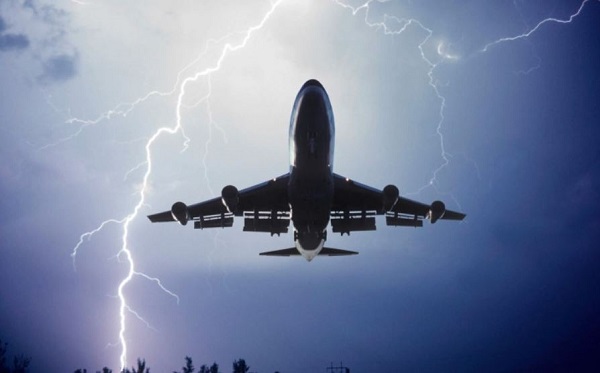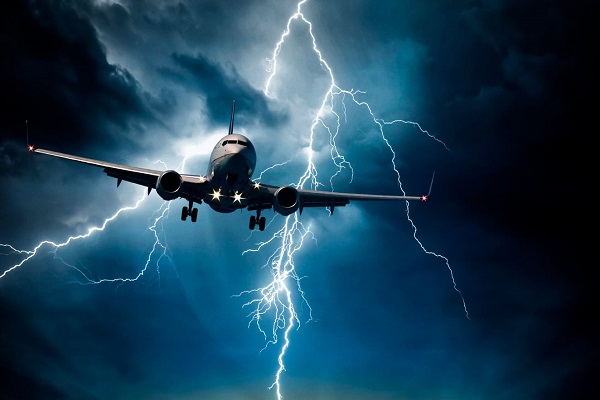Aircraft are designed to withstand lightning strikes and are regularly struck with no serious consequences. Here’s how it works:
1. Material
Materials used in the construction of aircraft must meet stringent standards of strength, lightness, durability, and safety. Here are the main types of materials used:
Aluminum: For a long time, aluminum was the primary material used in aerospace due to its lightweight properties, strength, availability, and resistance to corrosion. It is still commonly used in aircraft construction, especially in the fuselage, wings, and other structural components.
Titanium: It’s an excellent material for aircraft manufacturing due to its high strength, light weight, and resistance to corrosion. However, it is more expensive than aluminum. It’s often used in high-temperature areas, like in the engines, and in the landing gear because of its ability to withstand high stress.
Composites: Modern aircraft are increasingly being built with composite materials, primarily carbon-fiber composites. They are lightweight, high-strength materials that resist corrosion better than metals. These composites are used in various parts of the aircraft, including the fuselage and wings. However, because they are not as conductive as aluminum, aircraft made with composite materials need extra provisions to handle lightning strikes, such as a conductive mesh embedded in the composite layers.
Steel: Used in parts of the aircraft where strength is very important, like the landing gear. It’s stronger than aluminum or titanium but also heavier, so it’s used sparingly.
Other Materials: Other materials like nickel, plastics, ceramics, and even wood (in some small, older, or hobbyist aircraft) may also be used in specific parts of an aircraft where their unique properties are advantageous.
The choice of materials can greatly affect the weight, speed, fuel efficiency, and overall performance of an aircraft. This is why materials science and engineering are so important in the field of aerospace engineering.
Faraday Cage Effect
The conductivity of the plane’s exterior creates what’s known as a Faraday Cage. This is an enclosure made of a conductive material that protects its interior from electric fields. When a plane is struck by lightning, the electric charge runs along the exterior of the aircraft, protecting the interior – including the passengers and delicate equipment – from the effects of the strike.
Lightning Protection System
Aircraft are designed with a lightning protection system that provides paths for the lightning current to flow through the aircraft without causing damage. This system includes components such as lightning diverter strips and static wicks which help control how lightning currents enter and exit the aircraft.
Electronics Shielding
Sensitive electronic equipment on the aircraft is shielded with materials that protect it from the electromagnetic effects of a lightning strike. Additionally, redundant systems ensure that if one system were to fail, backup systems would be able to take over.
Fuel Systems
Fuel systems are designed to be lightning-safe as well. The plane’s fuel tanks and fuel lines are designed in a way that even if a lightning strike were to puncture a fuel tank (a rare occurrence), the chances of ignition are minimized. The use of inerting systems, where the airspace in a fuel tank is filled with non-flammable gases to reduce the chances of ignition, further decreases the risk.
Maintenance and Inspection
After a lightning strike, aircraft are thoroughly inspected for damage. Most of the time, any damage that does occur is superficial, like minor pitting or burning, usually at the strike’s entry and exit points.
So, while it might sound dangerous, in reality, lightning strikes to aircraft are a well-understood and well-managed part of modern aviation. Engineers take it into account in the design of aircraft to make sure they can handle such events.












